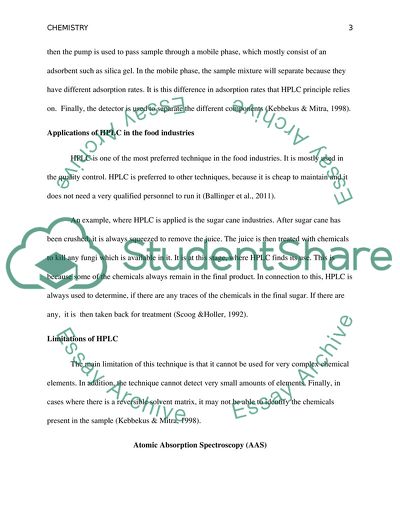Cite this document
(“Techniques used in the separation and identification of chemical Essay”, n.d.)
Retrieved de https://studentshare.org/chemistry/1631873-techniques-used-in-the-separation-and-identification-of-chemical-compound-and-their-real-world-applications
Retrieved de https://studentshare.org/chemistry/1631873-techniques-used-in-the-separation-and-identification-of-chemical-compound-and-their-real-world-applications
(Techniques Used in the Separation and Identification of Chemical Essay)
https://studentshare.org/chemistry/1631873-techniques-used-in-the-separation-and-identification-of-chemical-compound-and-their-real-world-applications.
https://studentshare.org/chemistry/1631873-techniques-used-in-the-separation-and-identification-of-chemical-compound-and-their-real-world-applications.
“Techniques Used in the Separation and Identification of Chemical Essay”, n.d. https://studentshare.org/chemistry/1631873-techniques-used-in-the-separation-and-identification-of-chemical-compound-and-their-real-world-applications.


